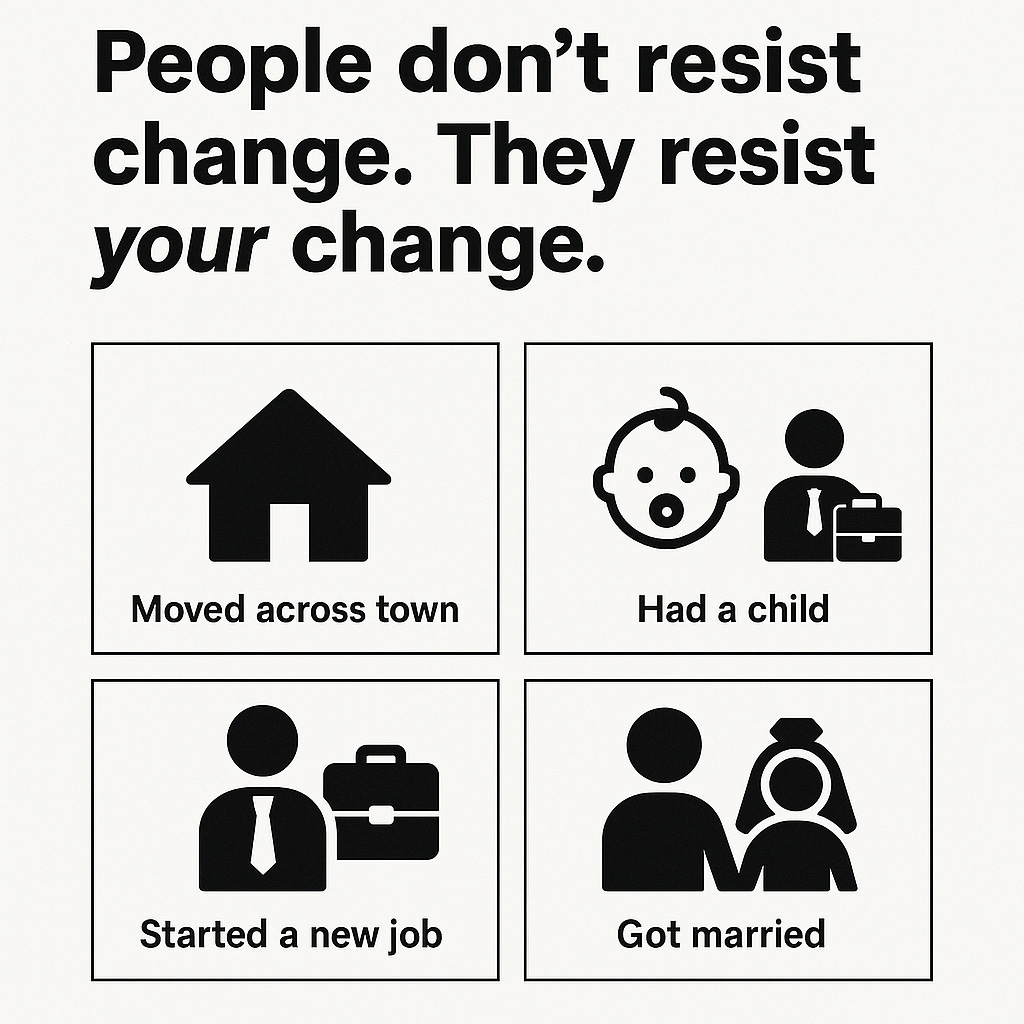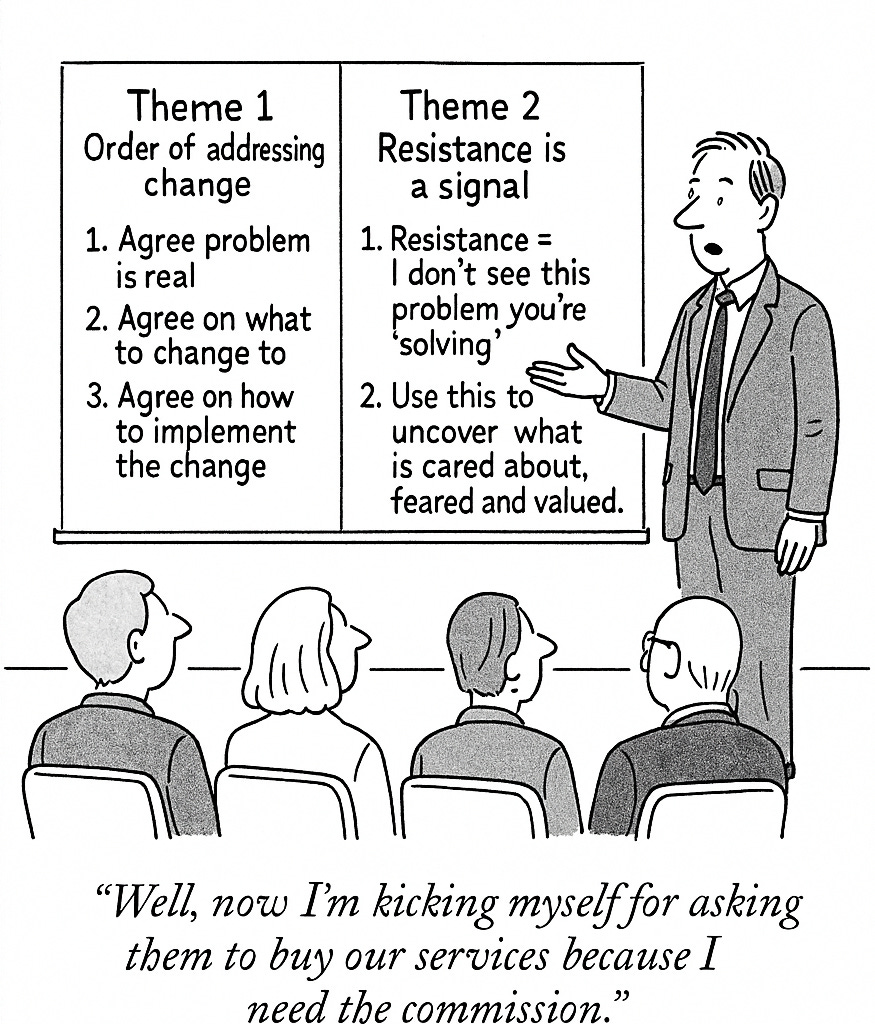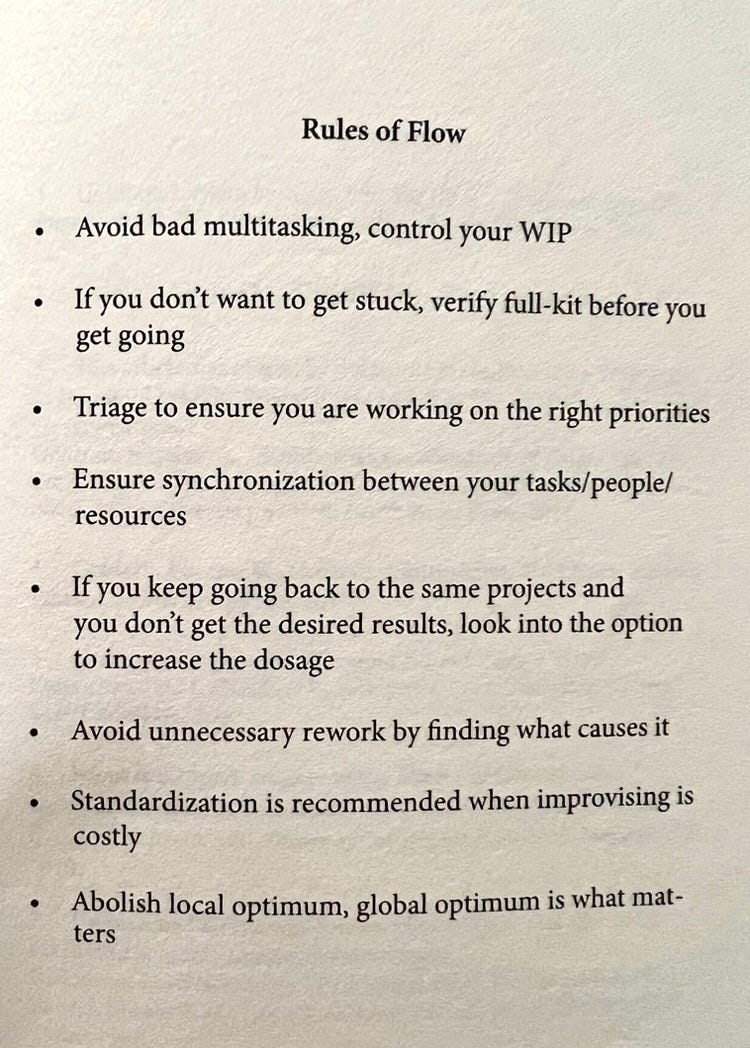The 80/20 of getting stuff done
A human psychology + Theory of Constraints mashup post
Nothing will ever be attempted if all possible objections must first be overcome - Samuel Johnson1
More time up front → stronger/better/faster results
I can really talk too much. Which is sort of funny given I’m also largely an introvert. Maybe there’s a method to my madness though. If you keep reading you’ll get to decide for yourself.
Many who’d call me verbose also say I converge in my thinking to simple descriptions of complex system. Quoting one of my favorite Coen Brother’s lines, I hope you’ll stay with me and “accept the mystery” of that duality. In the end I believe there’s a connection.
A great sage asshole once said “if a man can’t stand he can’t fight; if a man can’t breathe he can’t fight; if a man can’t see he can’t fight2” People, just like systems have key constraints. Only a small number of key factors truly matter at any one time. Your job in management3 is largely one of prioritizing focus. In almost all matters you should
Identify the key thing that either blocks all progress, or with more of you could “make” a lot more units of what you care about.
Keep focus on this opportunity (constraint, bottleneck, leverage point, etc)
Continue iterating
Yep - that’s basically it. Not going to be an epically long post today.
Making a high leverage change, the short version
That sounds different than how most of us (me included) seem to spend our time. But anytime I’ve experience outsized success individually or a group it’s largely come down to those three steps. If you think back on your own experiences I think you have had similar experiences.
This simple sounding thing of course is not really so easy. Well, maybe it is if you’re naturally curious and able to resist the pull of “let’s do something now!.” The first step is identifying and aligning on the core bottleneck of your system. The key to finding that in my mind involves three key elements of a slightly more detailed framework
Spend time and be curious about the system you’re trying to improve. You’re looking for what does “wildly successful” mean to the users/owners of that system. This is where you want to put yourself in the problem space of the other party. This is where “being too slow” and “talking too much4” can be super helpful. Rushing to work on something not valuable is not helpful. The world is filled with a lot of jokes about biasing towards easy vs. hard but useful problems. Some say our brain are evolutionary wired to do this - but you can fight it, at least to a draw. When you’ve been curious, and analytical, and can repeat back a vision of the future which elicits a simple “that’s right” from everyone then you’ve arrived at the destination of this step.
Look for the constraint. A nice trick is to imagine you’d come in from outside having never seen the problem (adopt an external mindset) and ask what is the one thing that truly is holding us back. Often it’s very easy to see this from outside vs. inside and for some reason you can often trick yourself by imagining you’re solving “someone else’s problem.”
For example - how often have you been talking with a friend who’s complaining about many parts of their job, and how many hours they’re working, etc. They cannot get anywhere because “the CTPO is blocking all of the things they think need to be done.” But then they also share how hard they’re working outside that relationship. It’s pretty straightforward to note that unless they align with the CTPO it’s almost certain they’re never going to achieve their other desires to launch project X. Therefore you’ll remark that probably they should work a sustainable amount but figure out how to spend 70%+ of their time working to understand and address the CTPO blocker’s concerns.
I’m not saying that friend wouldn’t come up with that. But it’s much easier to spot it from outside. There are tons of business problems that follow this anti-pattern of not working on the constraint because the constraint is harder than whatever else we decided to pickup.
I almost guarantee you’ve seen a team working on a local goal that even if improved by 10x wouldn’t bring better customer experiences or more bottom line profit. So why are people doing it? Human nature, and lack of a framework that focuses on constraints and what you can control to utilize/exploit them better (or eliminate them).Use a variety of best practices (the Theory of Constraints (TOC) literature has many) to make a change that improves things. Being very careful to prioritize and communicate those priorities so work is not diffused to other things that don’t really move the needle.
That’s a high level summary. A classic way of putting it from TOC that also has three beats is “Decide what needs to change, what to change to, and how to make the change.”

A level deeper
I relatively recently re-read Goldratt’s Rules of Flow, a short and helpful book by Eliyahu Goldratt’s daughter. It updates his earlier Critical Chain methodology for project management into something that’s more accessible and easier to execute on. I credit Rules of Flow and the short book (Fr)Agile by Stuart Corrigan re-influencing my view of Agile in the direction of Kanban and away from Scrum.
For the rest of this article I’ll re-summarize some of the key things I’ve learned from TOC combined with a mashup of other thinking/decision techniques I’ve found useful. If you want to go deeper checkout The Goal, It’s Not Luck, and/or The Phoenix Project. This bullet pointed view can serve almost as a checklist to ensure you’re investing your time where the juice is worth the squeeze.
This won’t 100% be TOC canon because I mashed up a few different thinking and decision models. Actually it’s less a mashup than combining “focus on the goal” with “remember that people are weird and wonderful” with “you’re only right in the long run if people tell each other they’re wrong easily.” I believe Goldratt makes all of these points in many ways on many occasions - but maybe less so in his most commonly read works.
There are less things in the system than you think matter
Most things of interest have are complicated if not truly (mathematically) complex and reward obtaining true system level understanding. System level understanding doesn’t mean you can see inside every black box, but that you understand the cause and effect relationships that make it up.
To improve something you need to deeply understand your goal and what small number of things are holding back your ability to make a HUGE improvement.
Without context one cannot hope to find that one thing. Don’t skip this and definitely don’t pretend everyone understands it because they sat through a presentation of some sort a year ago.
How you find and express the problem matters
Without logical reasoning work and good communication between people you likely will likely not be able to unearth the root issue you should focus most of your attention on.
Without always working to understand the problem in other’s world of problems/pain you will never truly understand how to make progress. Also, you’ll likely wildly misattribute their reasons for resistance. Therefore you need to learn/lead with deep true curiosity and tactical empathy. If people don’t really care deeply about the problem you want to solve it’s an unnecessarily uphill battle. Also - there’s a real risk that if people don’t care - then it may not really be that important. In which case, I believe the technical term is ooooof!
People are always key parts
You can never dictate the best way to do something with any consistency. And people are most satisfied when they solve problems themselves. Therefore you must (a) arrive at clearly observable goals/objectives for success to align groups of people on what we should care about globally vs locally, (b) insist people/teams find their own best ways of “how” to move towards the goal and (c) continuously check back and forth that the goals are right and aligned with cause/effect relationships on the constraint/bottleneck that matters.
Teams can’t do the above without trust and context. Massively over invest in those. People who are blamed for an outcome as opposed to trying to learn and follow great thinking processes will sabotage things (at least by accident). Leverage from trust comes from being able to challenge each other and actively find things in reality and data driven analysis that poke holes in what you’re trying to do. These can and should be mechanisms within your norms (culture).
Write it down and avoid unexamined assumptions: Clear writing is clear thinking
Write down what you mean and insist others do too. Use PowerPoint only as a last resort. And remember that context means understanding what problem you’re solving for everyone except yourself - put yourself in your “customer’s” world and solve backward.
Focus on a small number of written (obvs) priorities that connect to increasing the flow of the thing you care most about at the overall org (global) level. Small means 1-2, three tops.
Remember the joy comes from the challenge in anything worth doing
Have “long term” fun. Having fun in the short term is great. But like the sugar I’m addicted to it doesn’t produce long term satisfaction. That comes from struggling and feeling great about how you used your time. Solve problems that matter to you and have relationships you value.
That is all for today: find the constraint (what to change), understand the problem (what to change to) and work well with people to avoid common pitfalls (how to make the change).
As always - happy to sit down and discuss this in terms of a real problem you’re trying to work through.
Bonus section
Just to tempt you into checking out Goldratt’s Rules of Flow here’s a summary from the end of the book. I think one would get more out of the whole thing, but this is the gist of the framework.
This is a quote I like enough to re-use from it’s first appearance in my PhD dissertation. Somewhat amusingly, I suspect this post will be read my 10x the number of people who flipped through that tome. I guess it is really all about location location location distribution distribution distribution.
Terry Silver of Karate Kid 3 / Cobra Kai fame. BTW - if you haven’t watched Cobra Kai you should.
Or in anything else that has a finite timespan, such as your workday or lifespan.
Yes. Talking too much without listening is not helpful. If you’re listening twice as much as you’re talking, then it’s OK to talk to (a) work through your thoughts out loud, and (b) get people to point out where your thoughts are incorrect. But, yeah - I’m still a work in progress.



